Introduction to Poker Hand Rankings
Understanding poker hand rankings is fundamental to any poker player’s success. This system determines the strength of each player’s hand and ultimately, who wins the game. Here, we’ll delve into the importance of hand rankings and introduce some key terms related to poker hand rankings.
Why Hand Rankings Matter
The significance of poker hand rankings cannot be overstated. They provide a clear hierarchy of hands, from the highest to the lowest, and are the cornerstone of determining the winner in any poker game. Grasping the concept of poker hand rankings allows players to make informed decisions about whether to bet, call, raise, or fold. A solid understanding of hand rankings is also crucial for accurately assessing the strength of one’s hand and the potential hands of opponents. For a detailed overview of the best poker hands in descending order, refer to our best poker hands article.
Key Terms in Poker Hand Rankings
To understand poker hand rankings, it’s necessary to familiarize oneself with some key terms:
- Hand: Refers to the set of cards a player holds during a game of poker. A hand typically consists of five cards in most poker variants.
- Rank: Refers to the numerical value of a card. In poker, the Ace can be the highest or lowest rank, while the ranks from lowest to highest go from 2 to 10, followed by Jack, Queen, King, and Ace.
- Suit: Refers to the four categories in a deck of cards: hearts, diamonds, clubs, and spades. In most games, no suit is higher than another.
- High Card: In the absence of any other valuable combinations, the value of a hand is determined by the highest card in it.
- Pair, Two Pair, Three of a Kind, Four of a Kind: These terms refer to hands that contain two, three, or four cards of the same rank, respectively.
- Straight, Flush, Full House, Straight Flush, Royal Flush: These are specific combinations of cards, ranked from strong to strongest, that make up the highest valued hands in poker.
For a handy reference of all possible poker hands and their rankings, check out our poker hand cheat sheet.
In the sections that follow, we’ll break down each poker hand ranking in detail and provide insights into how to use this knowledge to your advantage on the poker table.
Detailed Breakdown of Poker Hand Rankings
To master the game of poker, one must first understand the hierarchy of hands. Here’s a detailed breakdown of poker hand rankings from the lowest to the highest:
High Card
The simplest hand in poker, a high card hand is one where no other combination can be made. The hand is named after its highest card. For example, if a player has an Ace as the highest card, they have “Ace High.”
 3♠️ | 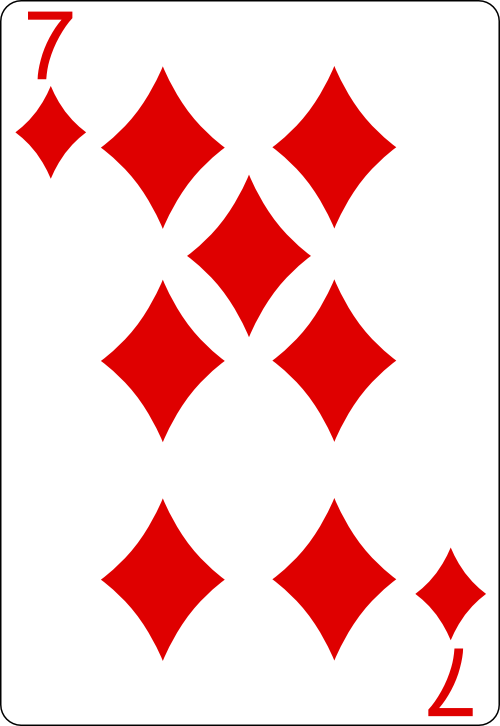 7♦️ |    10♣️ |   K♠️ | 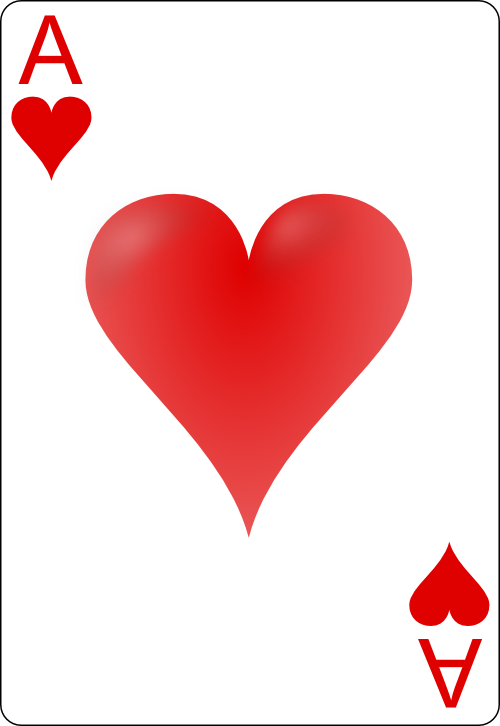    A♥️ |
One Pair
This hand consists of two cards of the same rank. For example, two Queens or two 10s. The remaining three cards do not contribute to the hand.
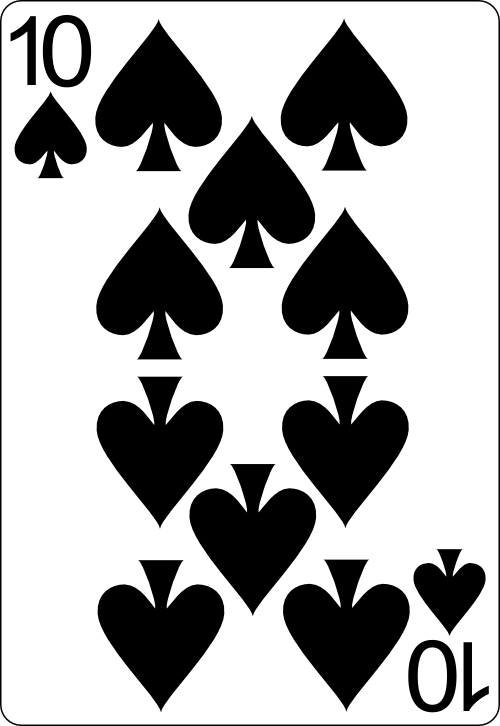  10♠️ |     10♦️ |     4♣️ |     5♠️ | 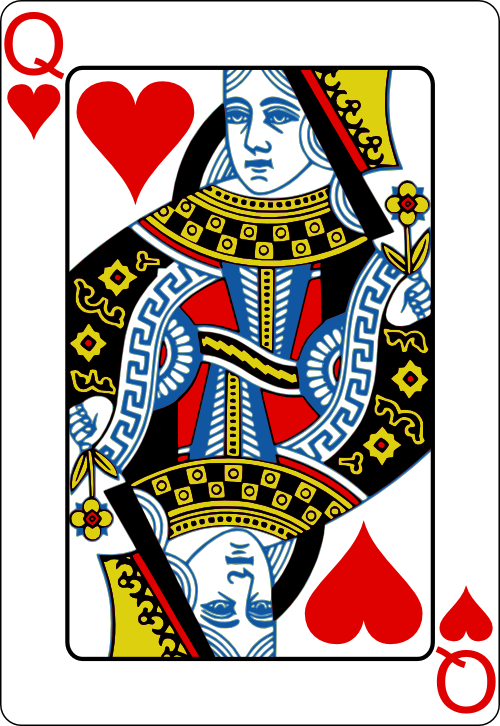  Q♥️ |
Two Pair
A step up from one pair, this hand includes two separate pairs. For instance, two 5s and two 9s. The fifth card, known as the kicker, doesn’t form a pair.
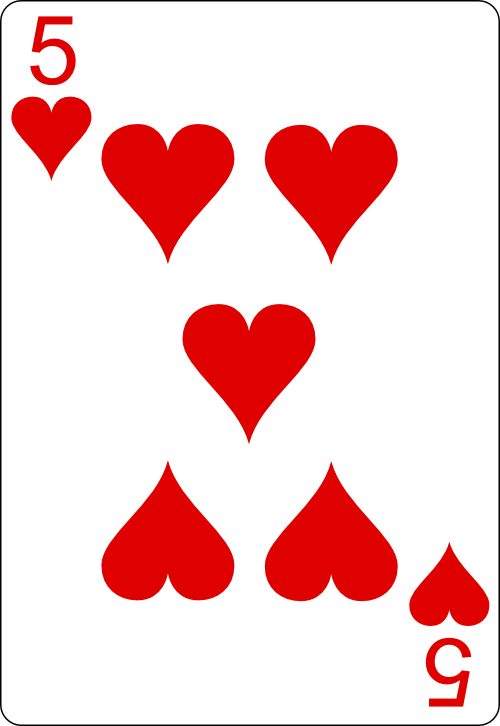  5♥️ |     5♠️ | 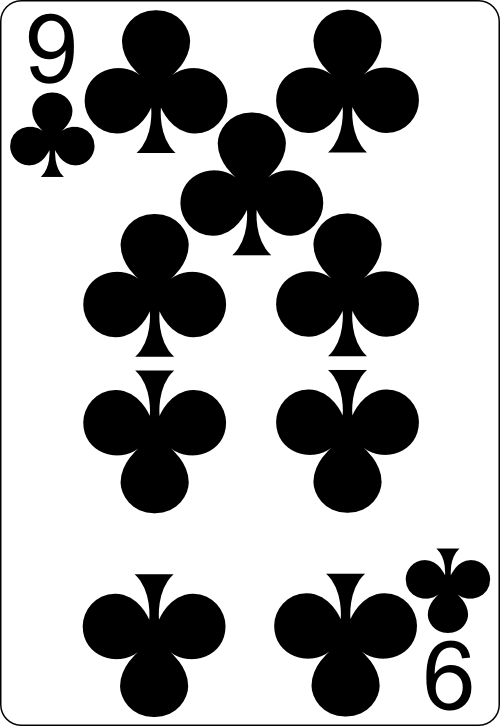   9♣️ | 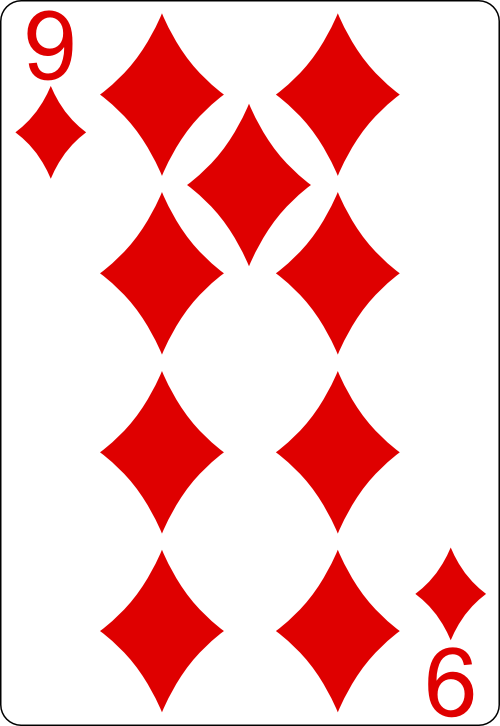  9♦️ |    K♦️ |
Three of a Kind
Three of a kind, also known as trips, consists of three cards of the same rank. The remaining two cards are irrelevant unless they contribute to a Full House or Four of a Kind.
   7♦️ | 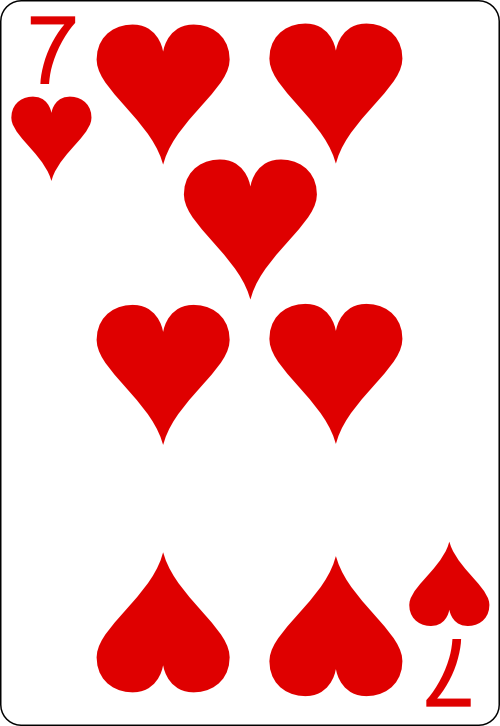  7♥️ | 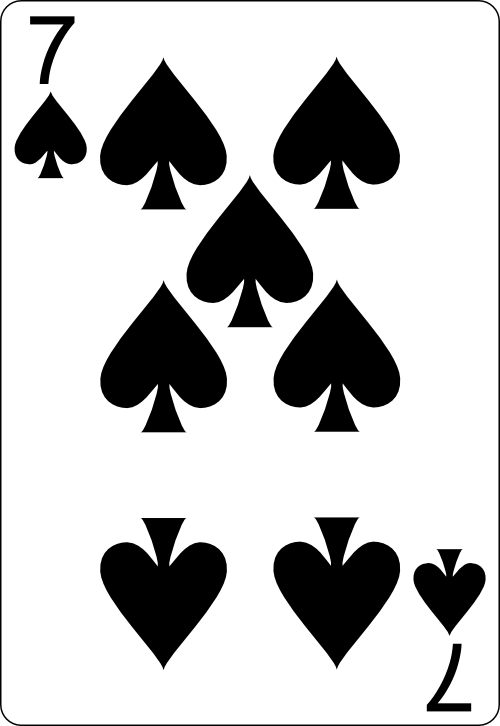   7♠️ |   K♥️ |    9♣️ |
Straight
A straight is a hand that contains five cards of sequential rank, regardless of suit. An example of a straight might be 5-6-7-8-9. The Ace can either be the highest card (10-J-Q-K-A) or the lowest (A-2-3-4-5), but not both.
   10♣️ |    J♦️ |   Q♠️ | 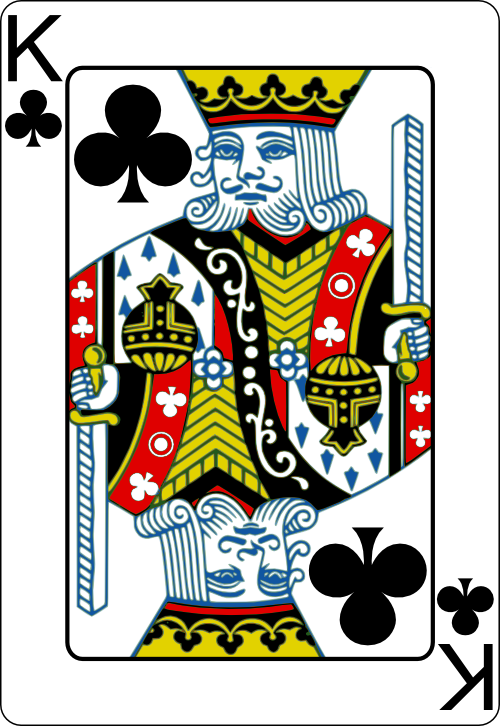  K♣️ |     A♥️ |
Flush
A flush comprises five cards of the same suit, not in sequence. The hand’s rank is determined by the highest card in the hand.
  5♦️ | 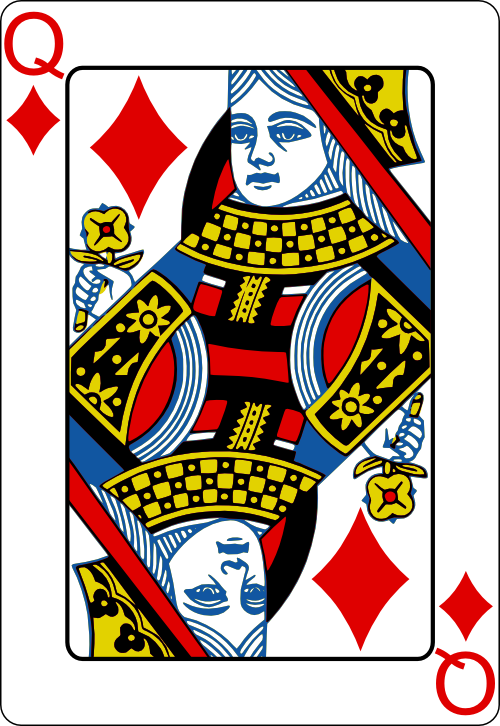   Q♦️ |   3♦️ |     10♦️ |     A♦️ |
Full House
A full house includes three of a kind and a pair. The three of a kind holds higher value. For example, A-A-A-4-4 beats 10-10-10-K-K because the aces outrank the tens.
  A♣️ |     A♦️ |     A♥️ |     4♣️ |    4♦️ |
Four of a Kind
Four of a kind, or quads, is a hand containing four cards of the same rank and one side card or ‘kicker’.
  4♠️ |     4♣ |   4♥️ |    4♦️ | 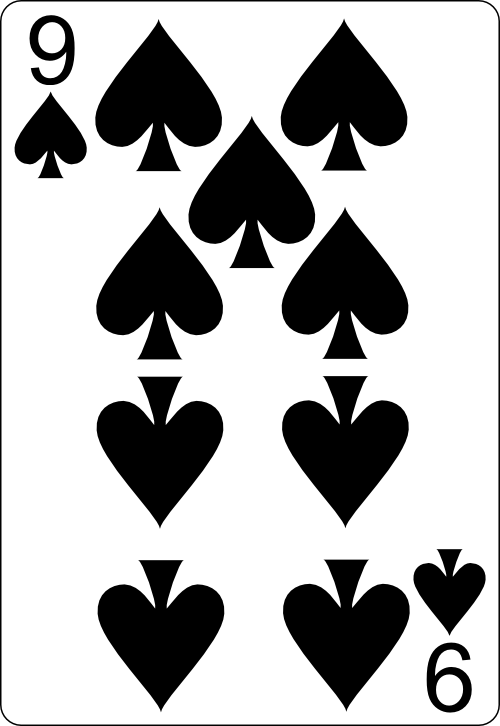   9♠️ |
Straight Flush
A straight flush is a hand with five cards of sequential rank, all of the same suit. For example, 5-6-7-8-9 all of spades.
    5♠️ |   6♠️ |    7♠️ | 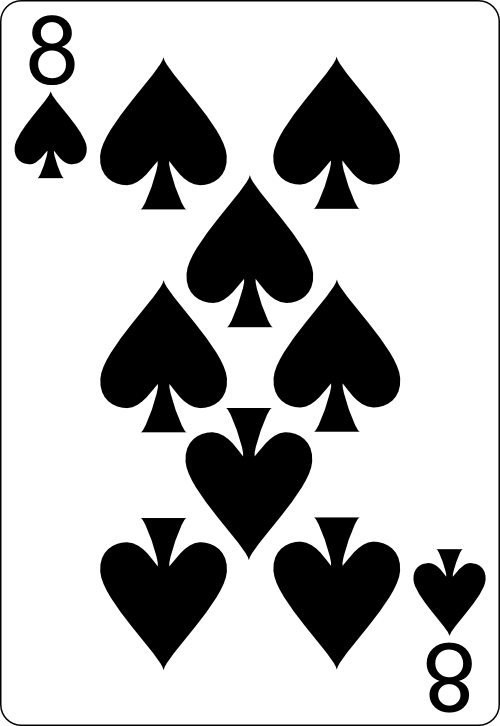  8♠️ |    9♠️ |
Royal Flush
The highest hand in poker, a royal flush, consists of the Ace, King, Queen, Jack, and Ten of the same suit.
    A♦️ |    K♦️ |    Q♦️ |    J♦️ |     10♦️ |
| Hand Ranking | Combination |
|---|---|
| High Card | No combination, hand is named after highest card |
| One Pair | Two cards of the same rank |
| Two Pair | Two separate pairs |
| Three of a Kind | Three cards of the same rank |
| Straight | Five cards of sequential rank |
| Flush | Five cards of the same suit |
| Full House | Three of a kind and a pair |
| Four of a Kind | Four cards of the same rank |
| Straight Flush | Five cards of sequential rank, all of the same suit |
| Royal Flush | Ace, King, Queen, Jack, and Ten of the same suit |
Understanding the poker hand rankings and their hierarchy is crucial for every poker enthusiast. To quickly remember these rankings, check out our poker hand cheat sheet. This will significantly aid in recognizing winning poker hands and strategizing the gameplay.
Comparing Poker Hands
Understanding how to compare poker hands is a crucial aspect of the game. It decides the winner of a round and is therefore vital to mastering the strategies of poker. This section will delve into comparing same-ranked hands and what happens in a tie.
Comparing Same Ranked Hands
When two players have the same ranked hands, the comparison of individual cards comes into play. This is where the ‘kicker’ or the highest card not involved in the ranking comes into the picture. The player with the highest kicker wins the round.
For example, if two players have a ‘Three of a Kind’, the person with the highest-value three cards wins. If these are also the same, the highest remaining card (or second highest if necessary) decides the winner.
For a ‘Flush’ or ‘Straight’, the highest card in the sequence wins. In a ‘Full House’, the highest three matching cards win. If these are the same, then the highest pair wins.
What Happens in a Tie
In the event of a tie, where both players have the exact same hand ranking and highest cards, the pot is split equally amongst them. This is common in games like Texas Hold’em where the board (community cards) can result in the best possible hand.
For example, if the board shows a ‘Royal Flush’, all remaining players will tie as they will all be able to use these cards to make the best possible hand. The same applies to any other poker hand rankings where the community cards result in the highest possible hand.
This underlines the importance of understanding not just the poker hand rankings, but also how to compare them to effectively determine the winner.
Remember, a good poker player knows not just the winning poker hands, but also how to compare and evaluate them in the context of the game. For a quick reminder, you can always refer to our poker hand cheat sheet.
Common Misconceptions about Poker Hand Rankings
Understanding poker hand rankings is crucial to mastering the game. However, there are common misconceptions that can lead to strategic errors. Two of the most common misconceptions are misunderstanding the importance of suits and overvaluing certain hands.
Misunderstanding the Importance of Suits
One common misconception is that suits play a major role in determining the rank of hands in poker. However, in most poker games, suits have no bearing on the strength of the hand unless it forms a Flush, Straight Flush, or Royal Flush. For example, a player may believe that a hand of all hearts or all spades has a higher value than one with mixed suits, but this is not the case unless they form one of the aforementioned hand types.
A clear understanding of the relative importance of suits can be helpful in making informed decisions and in deciphering the best poker hands.
Overvaluing Certain Hands
Another common misconception is overvaluing certain hands, often leading to poor decision-making. For instance, some novice players might overvalue a hand like Ace-King (also known as “Big Slick”) thinking it’s one of the winning poker hands regardless of the situation. While it’s a strong starting hand, its value can quickly diminish if the flop doesn’t improve it.
Similarly, a pair of face cards (like King-Queen or Queen-Jack) might look attractive, but without improving on the flop, turn, or river, they’re just a high card hand. Overvaluing these hands can lead to significant losses.
It’s essential for players to be aware of these misconceptions to avoid missteps. Always refer back to the poker hand cheat sheet to ensure a solid understanding of poker hand rankings. This will help players make better decisions and improve their game strategy.
Strategies for Winning with Poker Hand Rankings
Successful poker play involves more than simply understanding the basic poker hand rankings. It requires strategic thinking, patience, and the ability to read other players. This section will cover some effective strategies to help enhance your poker game.
Knowing When to Fold
Knowing when to fold is critical in poker. It’s essential to assess the strength of your hand in the context of the poker hand rankings. If your hand is weak, it may be in your best interest to fold and minimize your losses.
Remember, folding does not indicate defeat. On the contrary, it’s a strategic decision that can save you from larger losses in the long run. The key is to be patient and wait for a strong hand where you can confidently place your bet. For more insights on what constitutes the best poker hands, refer to our dedicated article.
Reading the Table
Reading the table, or interpreting the actions and reactions of other players, is an invaluable skill in poker. Each player’s behaviors and betting patterns can provide clues about the strength of their hand.
For instance, aggressive betting may indicate a strong hand, while hesitation might suggest a weaker hand. However, keep in mind that experienced players may use these patterns to mislead their opponents, so it’s always important to remain observant and adaptable.
Bluffing Strategies
Bluffing is a key strategy in poker, used to mislead opponents into thinking you have a stronger hand than you actually do. When executed correctly, a bluff can lead opponents to fold, even if they hold a stronger hand.
However, bluffing should not be overused. If used sparingly and strategically, it can be an effective weapon in your poker arsenal. The key to a successful bluff is confidence and maintaining a consistent betting pattern to avoid suspicion.
Remember, understanding the poker hand rankings is the foundation of a good poker strategy. The ability to fold wisely, read the table accurately, and bluff convincingly can give you an edge over your opponents, increasing your chances of having the winning poker hands.

